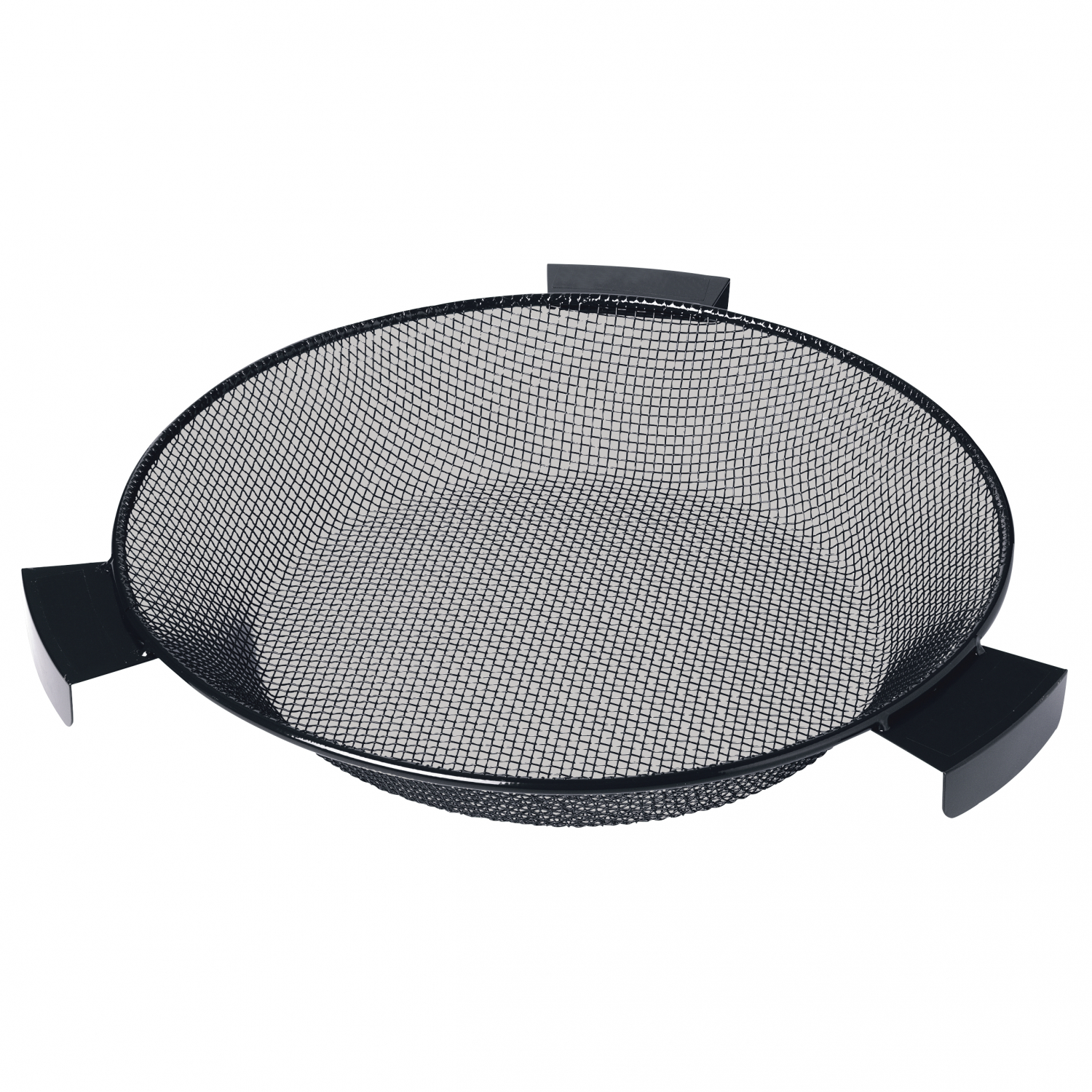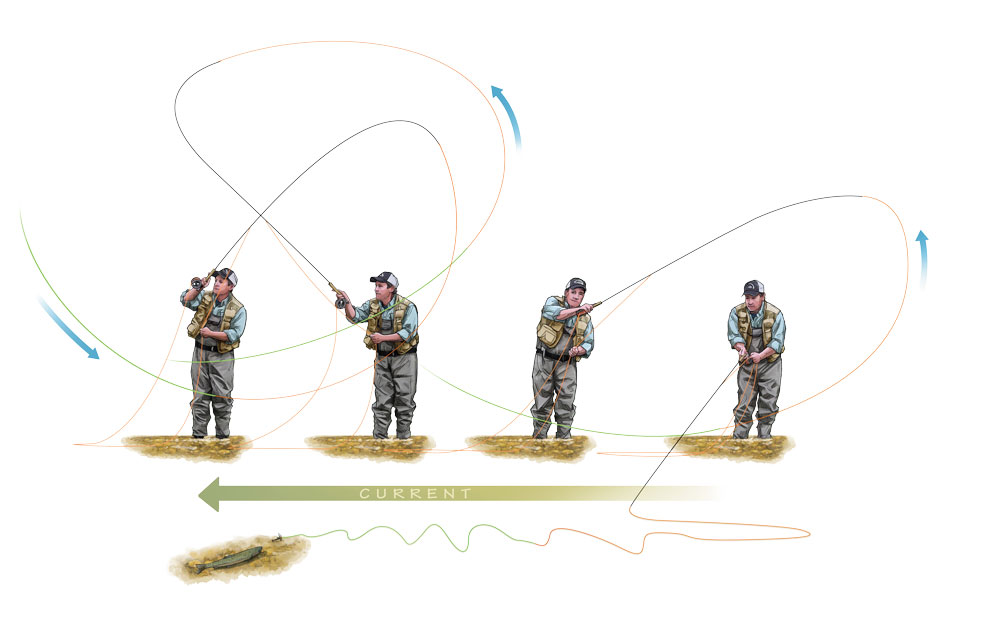Silicone Micro-Lures. Small Baits, Big Results

8 min read
You know what’s funny? Some of the biggest fish I’ve caught in recent years have fallen for lures smaller than my thumbnail. While everyone else is throwing massive swimbaits and foot-long plugs, I’ve been quietly cleaning up with tiny silicone micro-lures that most anglers have never even heard of.
These little gems started gaining popularity in Europe years ago, but they’re finally making waves here in North America. And honestly, once you see what these miniature marvels can do, you’ll wonder why it took so long for them to catch on.
What Makes Silicone Micro-Lures Special
Silicone micro-lures are exactly what they sound like—tiny soft baits made from high-grade silicone that typically measure between half an inch to two inches long. But don’t let their size fool you. These lures have action that puts many full-sized baits to shame.
The silicone material is key here. Unlike traditional soft plastics, silicone has a more translucent, lifelike appearance that mimics real baitfish incredibly well. It’s also more durable than regular plastic, which means these tiny lures can withstand multiple fish without tearing apart.
What really sets them apart is their action in the water. Even the smallest water movement makes these lures come alive with incredibly natural swimming motions. They don’t need aggressive rod work or fast retrieves—they fish themselves.
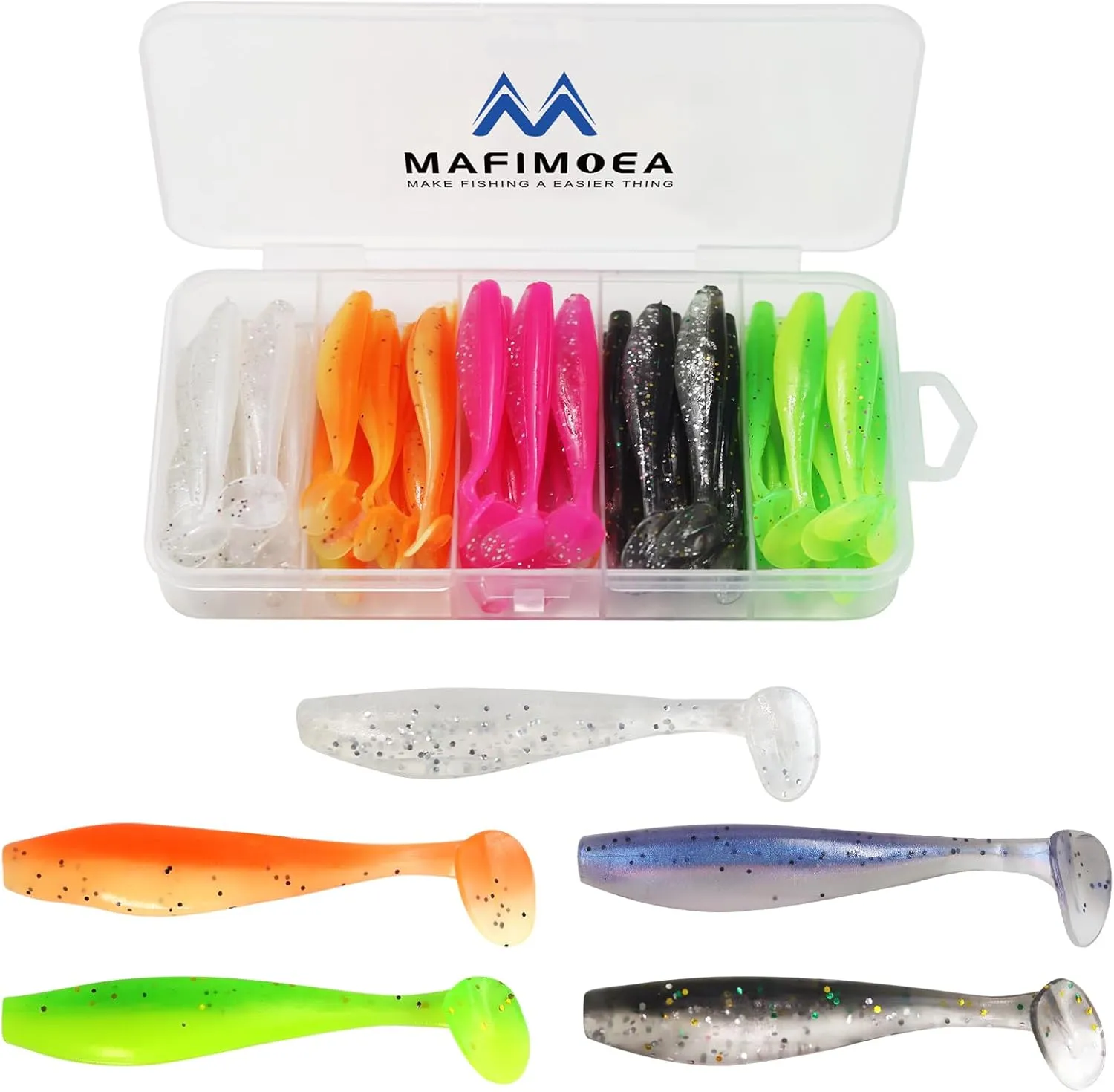
Why Size Matters (In Reverse)
Here’s something that goes against everything we’ve been taught about fishing: sometimes smaller really is better. Fish are programmed to recognize easy meals, and tiny, vulnerable-looking prey triggers their feeding instincts like nothing else.
Think about it from a fish’s perspective. A small, struggling baitfish represents a low-energy, high-reward feeding opportunity. Even large predators will choose easy meals over difficult ones when given the option. That’s why a two-inch bass will hit a micro-lure just as readily as a five-pounder.
Micro-lures also excel in heavily pressured waters where fish have seen every full-sized lure in the tackle shop. When bass, trout, or panfish become lure-shy, scaling down to micro presentations often triggers strikes from fish that won’t touch anything else.
Species That Can’t Resist Micro-Lures
You might think micro-lures are just for panfish, but you’d be wrong. I’ve caught everything from massive bass to pike on these tiny baits. The key is understanding that different species respond to micro-lures in different situations.
Panfish are obvious targets—bluegill, crappie, and perch absolutely demolish micro-lures. But here’s where it gets interesting: trophy panfish, those dinner plate-sized bluegill that everyone wants to catch, often prefer smaller presentations than their smaller cousins.
Bass fishing with micro-lures opened up a whole new world for me. Post-frontal conditions that shut down normal bass fishing become prime time for micro presentations. When bass get lockjaw, downsizing to tiny silicone baits often saves the day.
Trout are natural micro-lure targets, especially in clear water where larger lures look unnatural. Stream trout, in particular, are accustomed to eating small prey and respond incredibly well to properly presented micro-lures.
Even pike and muskie will hit micro-lures, though it seems counterintuitive. I’ve caught pike over thirty inches on lures barely an inch long. Sometimes these apex predators just can’t resist what looks like an easy snack.
Rigging Techniques That Work
Rigging micro-lures properly is crucial to their effectiveness. These tiny baits require finesse approaches that differ significantly from standard soft plastic rigging. The most effective method I’ve found is using ultra-light jigheads in the 1/64 to 1/16 ounce range.
Jighead selection becomes critical with micro-lures. You want heads that complement the lure’s natural action without overpowering it. Short-shank hooks work best because they don’t interfere with the lure’s swimming motion.
Drop-shot rigging works incredibly well with micro-lures, especially in clear water situations. The separation between weight and lure allows for incredibly subtle presentations that spooky fish will accept. I typically use 6 to 12-inch leaders with this setup.
Weightless rigging has its place too, particularly in shallow water or when fish are feeding near the surface. A tiny silicone lure on a small hook, fished weightless, creates an incredibly natural presentation that’s hard for fish to refuse.
Tackle Considerations for Micro Fishing
Fishing micro-lures effectively requires scaling down your entire tackle system. Heavy gear will overpower these tiny baits and rob them of their natural action. Ultra-light tackle isn’t just preferred—it’s essential.
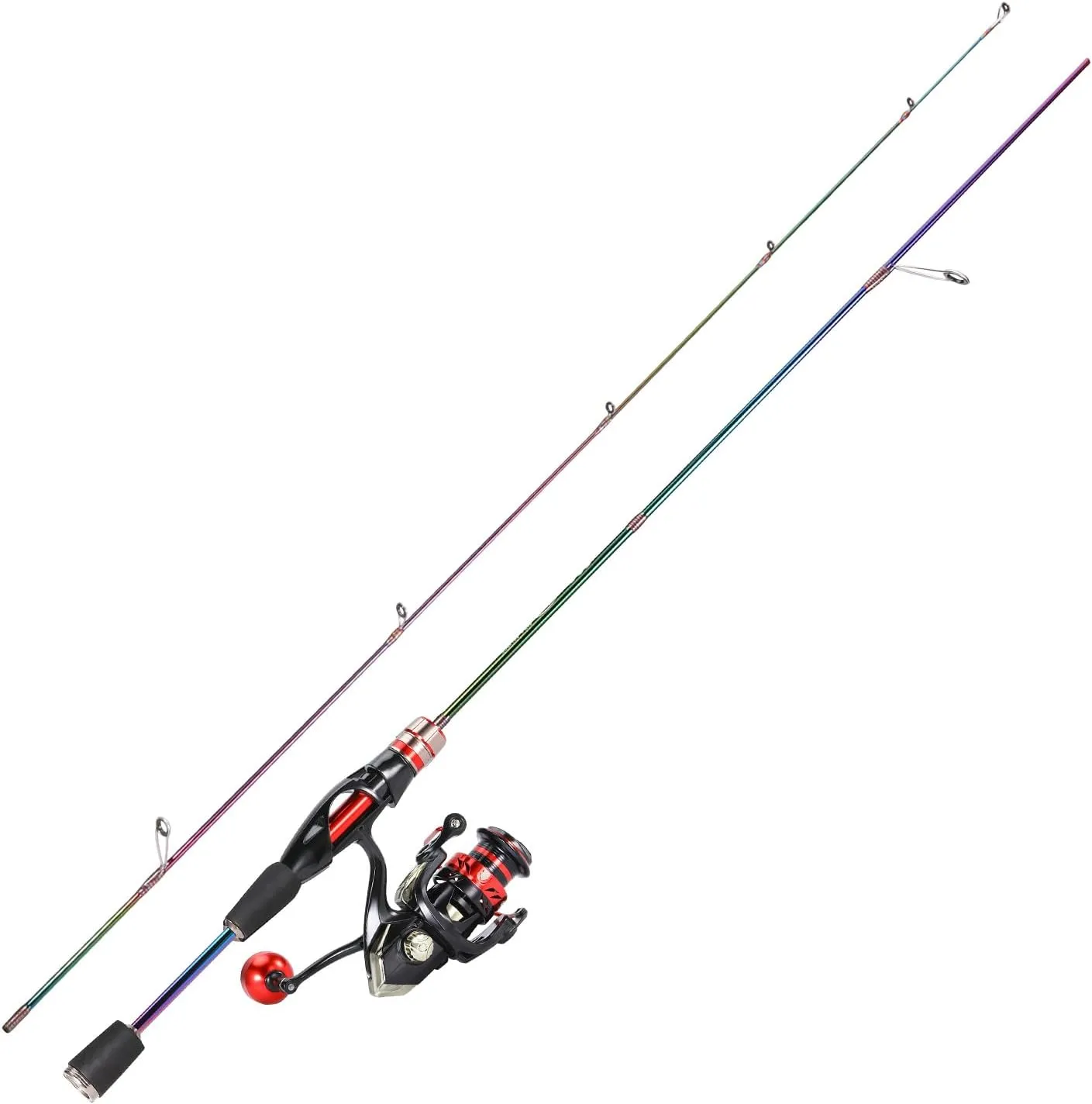
Rods in the ultra-light to light action range work best. You need something sensitive enough to detect subtle strikes but with enough backbone to set hooks effectively. I prefer rods in the 6 to 7-foot range for most micro-lure applications.
Line selection becomes critical. You need something thin enough not to impede the lure’s action but strong enough to handle the fish you’re targeting. Four to six-pound fluorocarbon works well for most situations, providing near-invisibility with adequate strength.
Reel choice matters too. You want a smooth drag system that can handle light line and small hooks. High-quality ultra-light spinning reels are the way to go—cheap reels will frustrate you with inconsistent drag and poor line management.
Presentation Techniques That Trigger Strikes
The beauty of micro-lures lies in their versatility. They can be fished with virtually any technique, but some methods are more effective than others. Slow, steady retrieves often work best, allowing the lure’s natural action to shine through.
Twitching presentations can be deadly when fish are aggressive. Short, subtle rod twitches create erratic swimming motions that trigger reaction strikes. The key is keeping movements small and natural—aggressive jerking will overpower the lure’s subtle action.
Deadsticking—letting the lure sit motionless—often produces strikes when fish are finicky. The silicone material has enough buoyancy to create subtle movement even when the lure isn’t being actively worked.
Vertical presentations work great in deeper water or when fish are holding tight to structure. Simply dropping a micro-lure straight down and working it up and down can be incredibly effective, especially for suspended fish.
Color Selection and Matching the Hatch
Color choice with micro-lures follows some traditional rules but breaks others. Natural colors like clear, white, and pale yellow often work best in clear water conditions. These colors mimic the translucent appearance of real small baitfish.
Bright colors have their place too, especially in stained water or low-light conditions. Chartreuse, pink, and orange can be incredibly effective when fish need help locating the tiny lure.
The “match the hatch” principle applies strongly to micro-lure fishing. If small minnows are the primary forage, choose lures that closely resemble them in size, color, and action. This attention to detail often makes the difference between success and failure.
Seasonal Strategies
Spring fishing with micro-lures can be outstanding, especially during spawning periods when fish are protecting territory. Even large bass become aggressive toward tiny intruders, making micro-lures incredibly effective during the spawn.
Summer brings clear water conditions that favor micro presentations. When fish can see everything clearly, the natural appearance and action of silicone micro-lures gives them a significant advantage over larger, more artificial-looking baits.
Fall fishing often sees increased effectiveness as fish feed heavily before winter. Micro-lures mimic the young-of-year baitfish that are abundant during this period, making them irresistible to feeding predators.
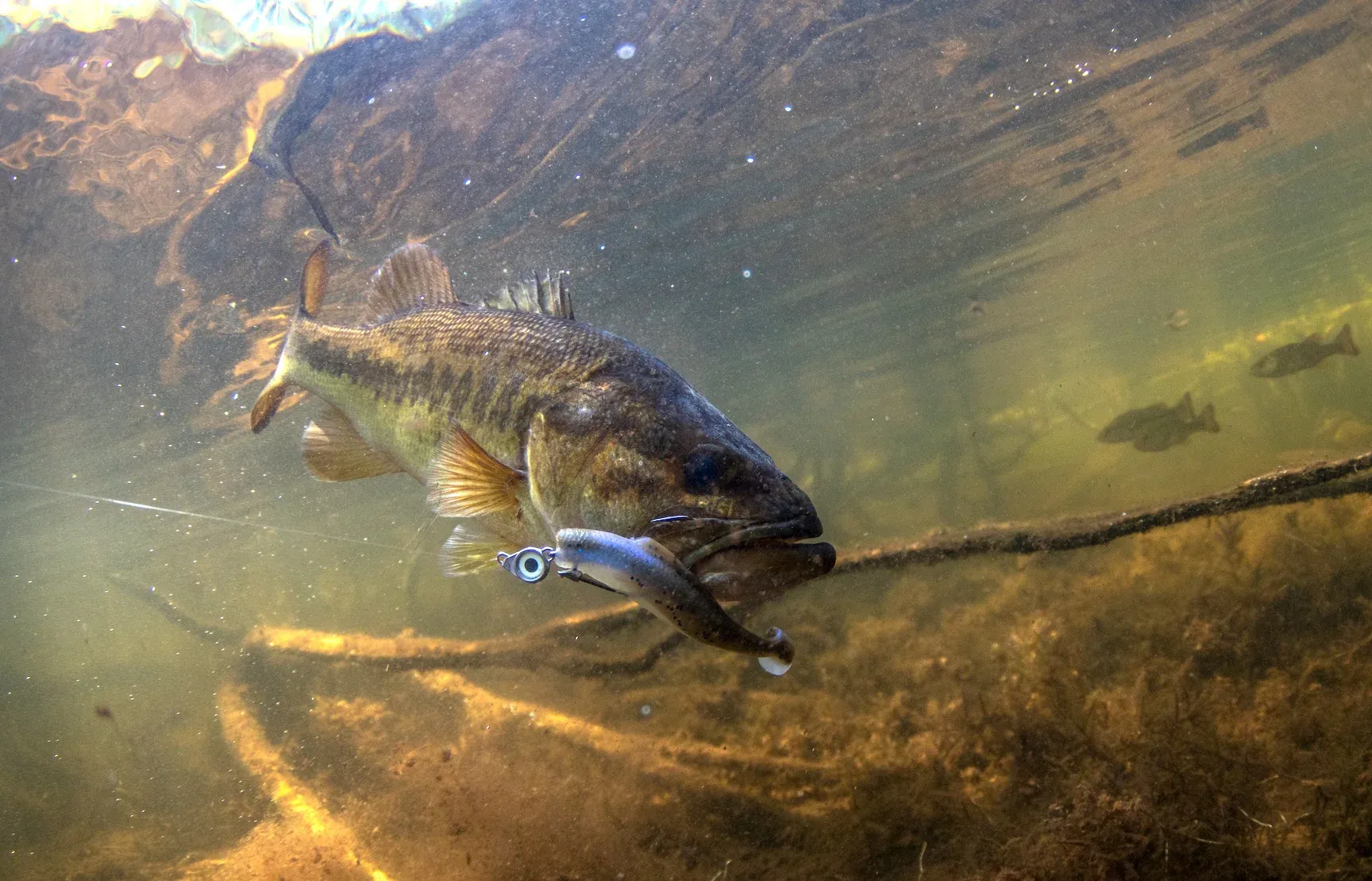
Water Types and Conditions
Clear water is where micro-lures really shine. The natural appearance and subtle action that makes them so effective becomes even more important when fish can see every detail. This is where the quality of silicone construction really pays off.
Stained water presents different challenges but doesn’t eliminate micro-lure effectiveness. You might need brighter colors or more aggressive presentations, but fish will still respond to well-presented micro baits.
Current affects micro-lures differently than larger baits. The reduced mass means they’re more susceptible to being swept along, but this can actually work in your favor by creating incredibly natural drifting presentations.
Common Mistakes to Avoid
The biggest mistake I see anglers make with micro-lures is using tackle that’s too heavy. Regular bass tackle will overpower these tiny baits and eliminate the subtle action that makes them so effective. Scale everything down.
Another common error is fishing micro-lures too aggressively. These baits work best with subtle, natural presentations. If you’re used to ripping and jerking full-sized lures, you need to completely change your approach.
Don’t expect instant results with micro-lures. There’s a learning curve involved, and it takes time to develop the touch needed to fish them effectively. Stick with it—the results are worth the effort.
Storage and Care
Micro-lures require different storage solutions than regular tackle. Their small size makes them easy to lose, and the soft silicone material can be damaged by improper storage. I use compartmented boxes with individual slots for each lure.
Keep different colors separated to prevent bleeding. Some silicone materials can transfer color when stored together, ruining the natural appearance that makes these lures so effective.
Handle them gently. While silicone is more durable than regular soft plastic, these tiny lures can still be damaged by rough handling. Use pliers for hook removal and store them carefully.
The Future is Small
Micro-lures represent a growing trend toward more finesse-oriented fishing. As fishing pressure increases and fish become more educated, presentations that appear more natural and less threatening become increasingly important.
These tiny baits aren’t just a gimmick—they’re legitimate fish-catching tools that excel in specific situations. When conditions call for subtle presentations and natural appearances, micro-lures often outperform much larger, more expensive alternatives.
The key is understanding when and how to use them. They’re not a replacement for your entire tackle box, but they deserve a place in every serious angler’s arsenal. Once you experience the effectiveness of properly presented micro-lures, you’ll wonder how you ever fished without them.
